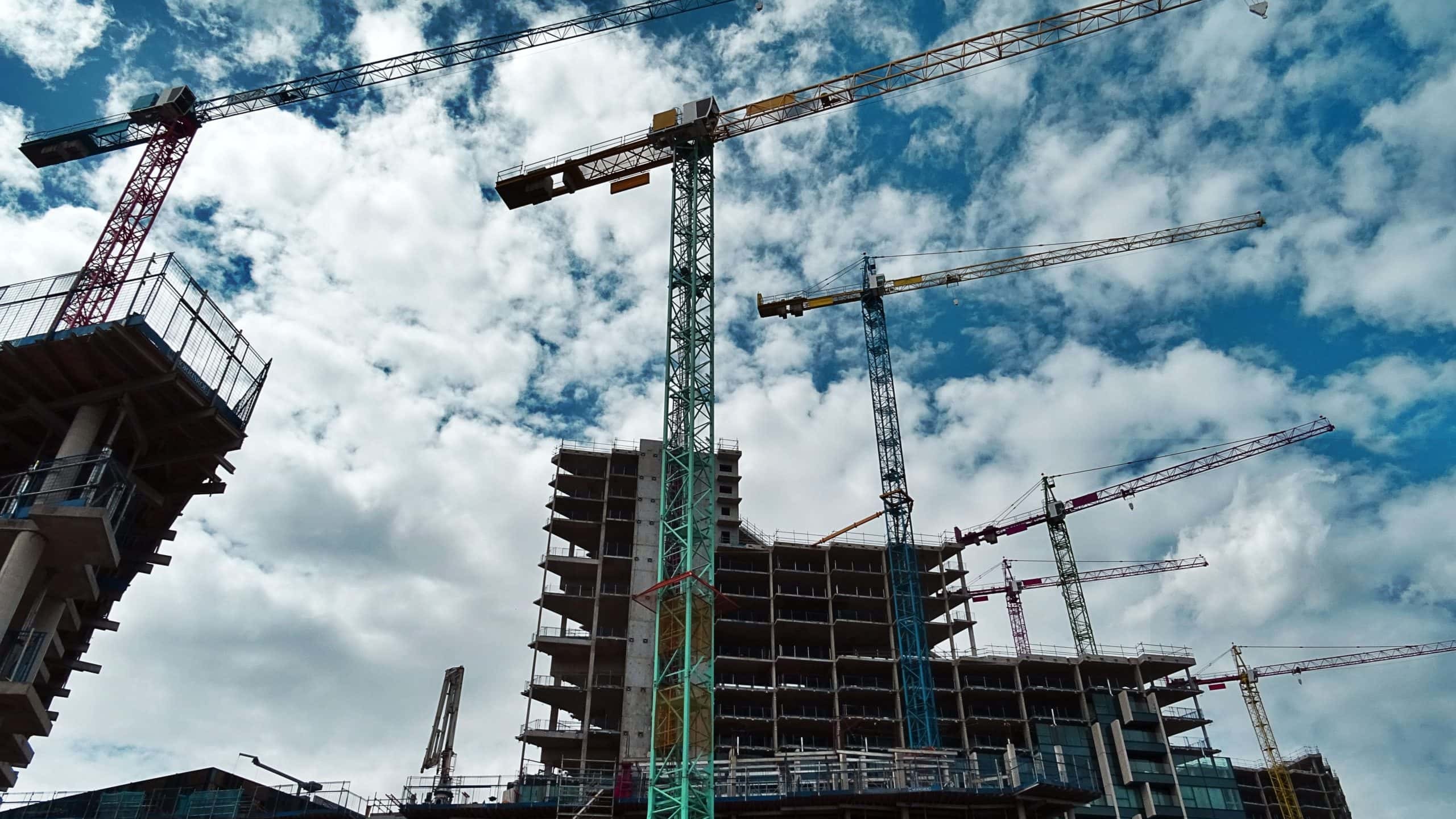Office work is returning, and if you’re not already back, you might be soon.
COVID-19 has unquestionably brought changes to the commercial office landscape. No one knows for sure what the future holds, but Denver South is at the forefront of the recovery, keeping a pulse on the shifting needs of our employers as they navigate these uncharted waters.
It remains to be seen how much and what type of office space companies will need. As they begin to determine what work model is best for their operations, employers are thinking creatively about the kinds of environments that suit the needs and desires of their employees. To attract and retain talent, many companies are reinventing their return-to-work policies, experimenting with hybrid schedules for office and home work hours and working with their employees to provide new amenities.
In fact, offices themselves are undergoing a makeover as demands from workers change. Flexible schedules and different employee needs are contributing to reconfigured space. In many cases employers are expanding or relocating offices and redesigning floor plans. For example Zoom Video Communications, which employs over 700 people in Denver South, has redesigned their office layout to reflect its new approach to work, which allows employees to decide whether they want to work in-office, at home, or in a hybrid manner. This redesign includes hot desking, which allows employees to reserve a desk for a day, breakout rooms fully equipped with videoconferencing software for hybrid meetings, and expanded collaborative spaces for teams to work together. And, despite the flexibility employees now have in their working arrangements, Zoom anticipates that it will keep its current office footprint the same size.
A quick look at office demand numbers is reason for optimism. New economic reports show that, nationally, demand for office space jumped in March. Office demand was 20% higher in March than February and was up roughly 8% from a year ago. The latest office vacancy rate in the first quarter of this year was 18.1%, according to the VTS Office Demand Index. However, new demand for office space is still just two-thirds of its pre-pandemic average. To recover to pre-pandemic levels, office demand will need to exceed the historic norms for a sustained timeframe.
In the metro Denver market, office demand is slowly rebounding, with vacancy rates holding steady at 19.9%. For offices located outside the Central Business District, vacancy rates have dropped considerably from pandemic level highs and show signs of stabilizing in the first quarter.
The return of office demand is a marathon and not a sprint. Denver South is keeping a pulse on these trends and is engaging with our regional partners to identify what businesses will need from office space in the future. Recent new deals in Denver South, including Lockheed Martin’s expansion in Lone Tree and Bio-Techne’s investment in Centennial show the growth we are making together. According to Chris Shapard, Vice President of Economic Development, “Denver South companies are helping to drive our recovery and will continue to lead the way in reimagining work. We are excited to have such innovative partners with whom we get to work as we navigate a post-Covid commercial real estate landscape.”
Suggested Reading:
If your company is navigating the questions surrounding what work model is best for your organization, Denver South has introduced WRK Denver South, a collection of questions, resources, and templates to help you determine what works for your company. To learn more, click here. If you are considering relocating your office, the Denver South Economic Development team is available at no cost to help you address the challenges and questions that arise from such a complex move. To get in contact with our team, click here.

